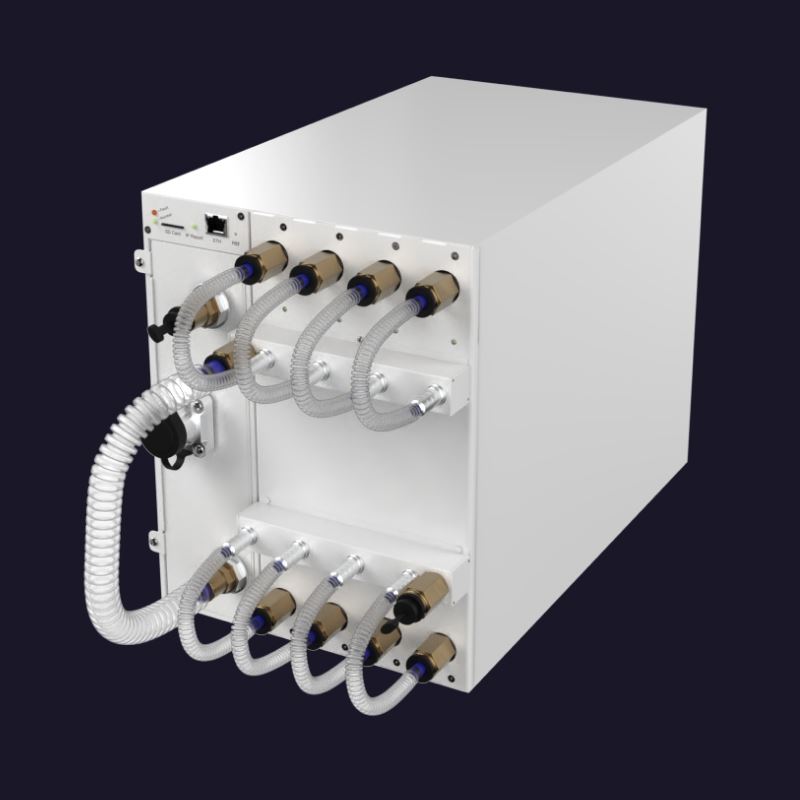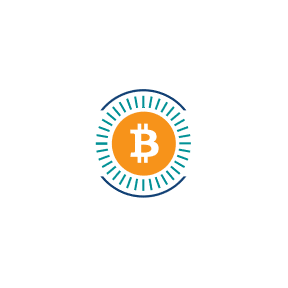Crypto currency mining has been steadily gaining popularity in recent years, as more and more people look to get involved in the cryptocurrency space. As with any type of mining, it is important to understand the rate of Terahash, as this can have a dramatic effect on overall efficiency and profitability.
Starting up a business in the cryptocurrency space can be a daunting task. There are so many moving parts to consider, from understanding the fundamentals of blockchain technology, to selecting the right hardware, to staying up-to-date on the ever-changing regulatory environment. Knowing the details of Terahash rate is an essential part of this process, as this has a significant impact on the efficiency and profitability of cryptocurrency mining. In this article, we explore the factors that influence Terahash rate and its impact on the mining process.
What is Bitcoin Mining?
Bitcoin mining is the process by which new transaction blocks are added to the distributed ledger of Bitcoin transactions, known as the blockchain. In simpler terms, it is the process of verifying and adding transactions to the public ledger. It is done by miners who are rewarded with Bitcoin for their work. When miners successfully solve a certain number of mathematical problems, they receive a reward in the form of newly minted Bitcoins. This process also secures the network and keeps it running smoothly.
What is Terahash Rate?
Terahash rate is measured as the number of hashes per second that can be generated by Bitcoin mining hardware. The higher the terahash rate, the more efficient the mining hardware is and the faster it can mine new Bitcoins. Terahash rate is an important factor in determining the profitability of a mining operation since it determines the amount of work that can be done in a given timeframe.

How does the Cost of Electricity Influences Terahash Rate in mining profitability
The cost of electricity is a major factor in determining mining profitability since it affects the amount of return on investment (ROI) that can be achieved. Higher electricity costs mean lower ROI and therefore a lower terahash rate. The lower the cost of electricity, the higher the ROI and the higher the terahash rate can be. This means that miners with access to cheaper electricity are able to achieve higher terahash rates as opposed to miners with more expensive electricity.
What mining hardware used Influences Terahash Rate in mining profitability
The type of mining hardware used plays an important role in influencing the terahash rate of bitcoin mining. For instance, the Antminer s19 pro HYD is an efficient mining hardware that can generate more than 100 terahashes per second. This means that miners using the s19 pro HYD will be able to increase their mining profits and efficiency as it is able to handle more mining transactions at a faster rate. This can help in maximizing the return on investment for miners, as the higher the terahash rate, the higher the mining profitability.
What is the Difficulty Level means in BTC mining?
The Difficulty Level in BTC mining refers to the amount of computational power needed to successfully mine Bitcoin blocks. It is directly proportional to the amount of hashpower used by miners, and thus increases with more miners joining the network. A higher difficulty level means that it will be more difficult for miners to generate new Bitcoins, as they will require more computational power to solve the cryptographic puzzle. In addition, with a higher difficulty level, miners may need to invest in more powerful hardware in order to increase their chances of successful mining.
The Impact of Terahash Rate on Crypto Currency Mining in regards to ROI
The direct impact of Terahash Rate on Crypto Currency Mining in regards to ROI is that miners with higher terahash rates will be able to mine more Bitcoin blocks at a faster rate, resulting in higher returns on their investments. This means that miners who invest in better hardware will be able to increase their profits, as they will be able to generate more coins at a faster rate. This can also be beneficial when it comes to reducing the cost of running their operations, as the higher the terahash rate, the less electricity they will need to spend on their mining activities.
What is the direct Impact of Terahash Rate on Crypto Currency Mining in regards to Efficiency and Profitability?
The direct impact of Terahash Rate on Crypto Currency Mining in regards to Efficiency and Profitability is that miners with higher terahash rates will have an easier time mining Bitcoin blocks, thus resulting in higher profits. For example, the Antminer S19 Pro is a powerful hardware that can generate up to 95 terahashes per second. This means that miners using the S19 Pro can easily increase their efficiency and profitability as it can handle more mining transactions at a faster rate. Additionally, miners using the S19 Pro can also reduce their electricity costs as they will require less power to generate more coins.

Benefits of High Terahash Rates in BTC mining Explained
The benefits of high terahash rates in BTC mining include increased mining efficiency, increased profits, and reduced electricity costs. High terahash rates allow miners to generate more Bitcoin blocks at a faster rate, thus leading to higher returns on investments. This allows miners to maximize their profits by reducing the amount of time spent on mining operations. Additionally, miners with higher terahash rates require less electricity to operate, thus reducing the cost associated with their operations.
What Challenges do Bitcoin miners, mining farms and datacenters Faced with Low Terahash Rates?
Bitcoin miners, mining farms, and datacenters face several challenges when it comes to low terahash rates. Low terahash rates mean that miners take longer to generate new blocks, thereby reducing the potential rewards from their investments. This can lead to a decrease in profits, as miners will be spending more resources without a corresponding increase in rewards. Additionally, low terahash rates may require miners to invest in more powerful hardware, which again adds to the overall cost of their operations. In addition, low terahash rates can also cause miners to face difficulty in successfully completing transactions, thus leading to reduced processing speeds and further reducing their profits.
